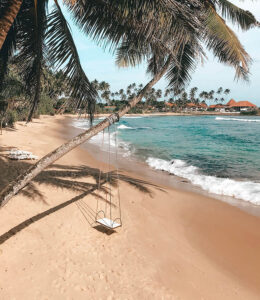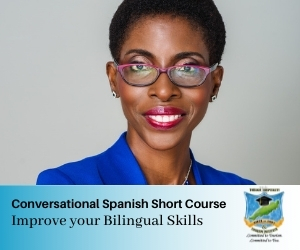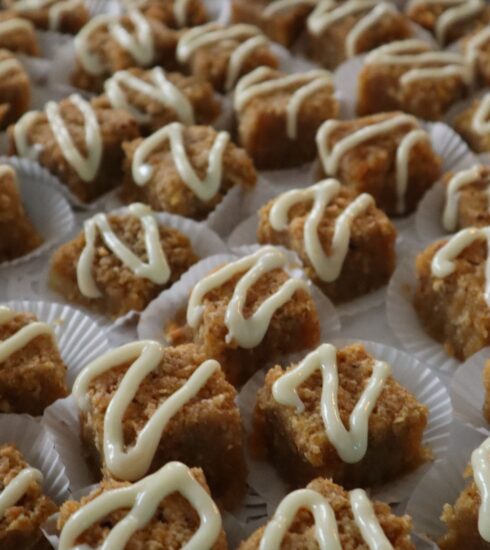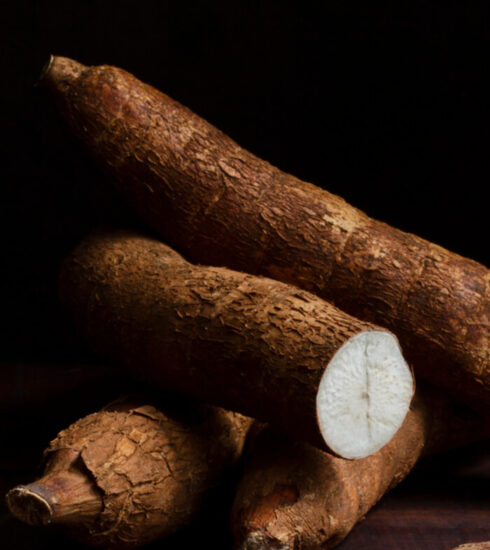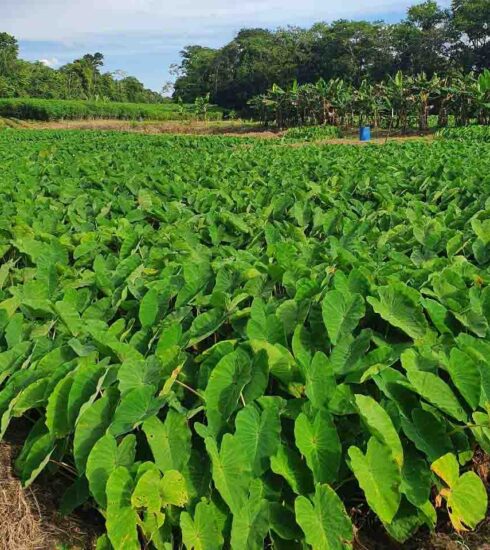Are We Michelin Star Worthy?
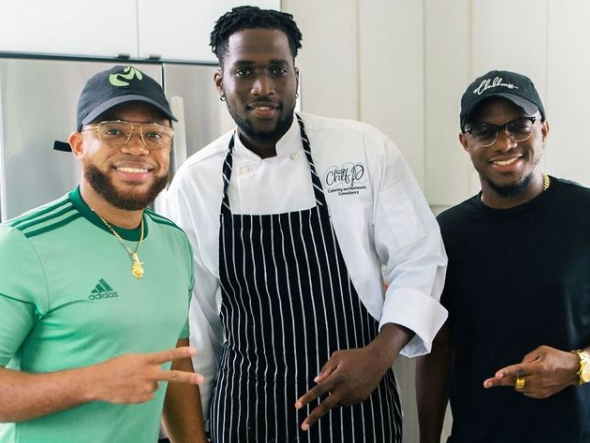
“Why aren’t there any restaurants or street foods chefs with a Michelin star in the Caribbean?” questions Arthur Patrick, a Tobagonian Chef with over twelve years’ local and international experience.
He admits that this is more on his mind after learning that street food chef Chan Hon Meng in Singapore was awarded a Michelin star initially in 2016 and every year after that. Chan owns a street food restaurant, and his signature dish is Hong Kong Style soy chicken, rice, and noodles. The Michelin star is the hallmark of culinary excellence worldwide and remains the benchmark of success for most chefs, hotels, and restaurants.
Undoubtedly, the Caribbean has some of the best chefs in the world, so why no Michelin?
Arthur notes that while many chefs from the Caribbean are recognised internationally, they had to leave home to gain recognition abroad.
For the last ten years, Chef Collin Brown has been awarded the best chef in the Caribbean. In addition, he is the only UK-based Caribbean (Jamaican) chef to be a recipient of the coveted AA Rosette award.
Arthur emphasises that while fundamentals and principles of cooking are essential, Caribbean cuisine can stand on its own. While we should not divert from these foundation principles, the gastronomic landscape of Caribbean cooking is so wonderfully complex, diverse, and flavourful.
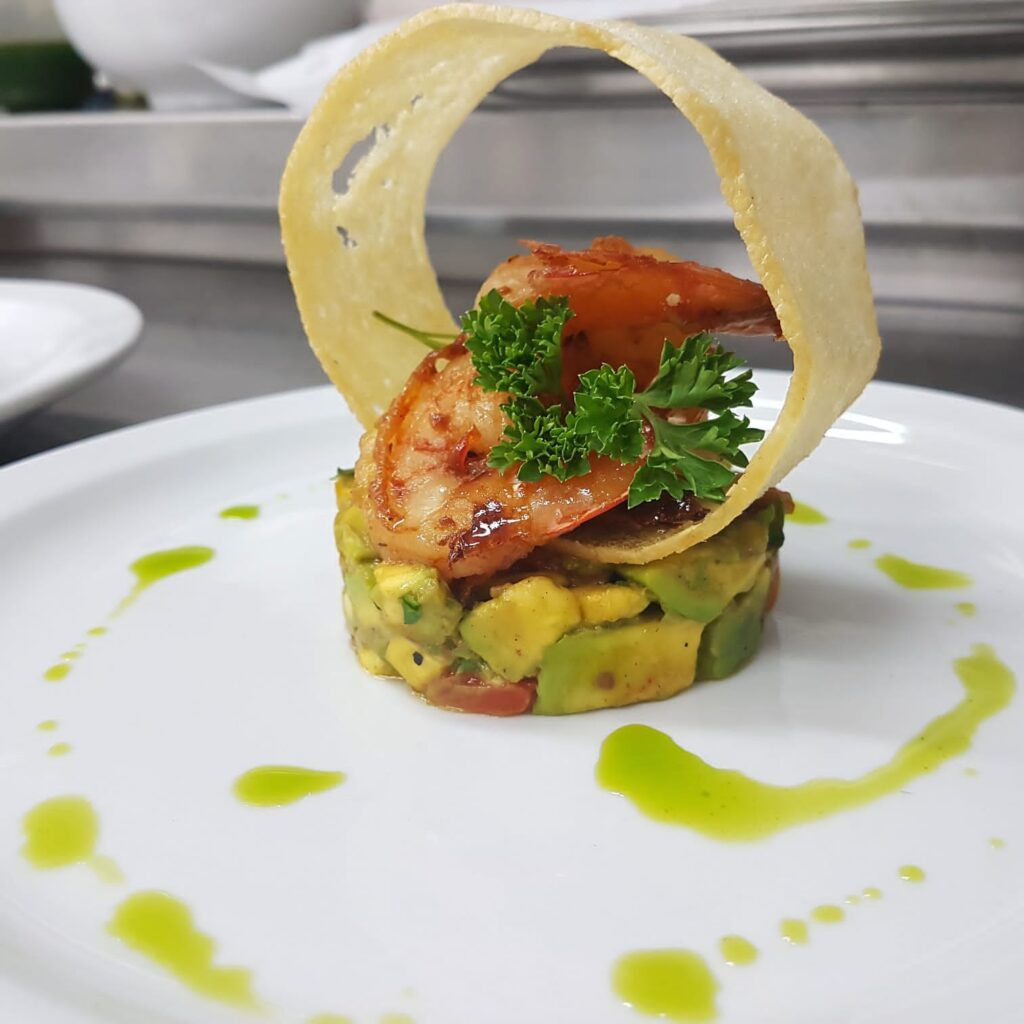
Trinidad and Tobago have unique and distinct foods and drinks shaped by geography, history, people, and traditions. Lush tropical climate, rich soils, the fusion of cultures from indigenous tribes, enslaved Africans, indentured East, South Asians, European colonisers, Latin American, Middle Eastern, and East Asian Settlers have intertwined and transformed every dish.
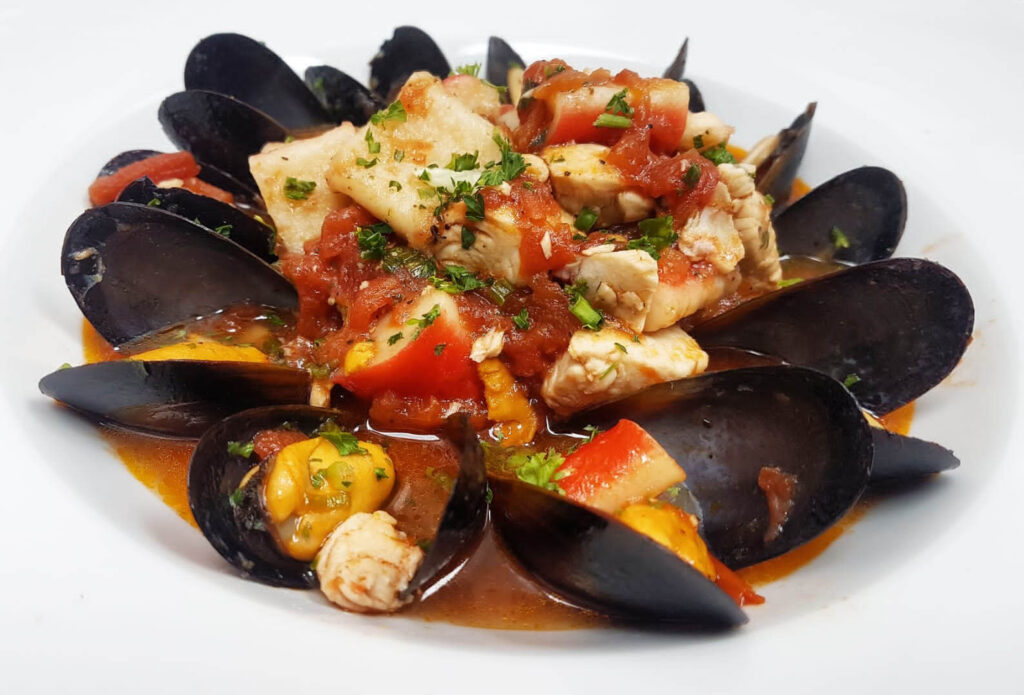
The Michelin Guide is constantly developing in new cities, regions, and countries. So when will we be Michelin-worthy?
“Luckily for us, there are several destinations which have a huge gastronomic potential, and the Caribbean is undoubtedly one of them,” says Sascha, Michelin Food & Travel Advisor.
“It takes time to set up in a new country, and our International Development team is working hard to continue the expansion of the MICHELIN Guide around the world, so maybe one day we will launch a Caribbean selection!”
Could we be closer than we think? Let’s hope so.
Arthur emphasises that we have to give ourselves every option to succeed. Then, when the opportunity shows up, we must be ready to grab the Michelin star.
Being recognised is not only about food, says Arthur. We have to be that complete package. Firstly, when it comes to the service we provide, I think there is much room for improvement.
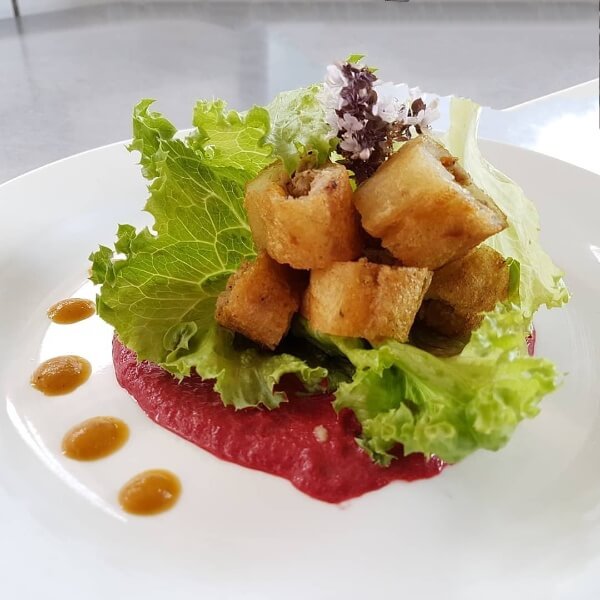
“It comes down to the mindset of the individuals to change the way they do things,” Arthur says. “We as a people must realise that tourism and service are integral parts of society, and we need to continually improve the standards of our services to local and international customers.”
“While it is important to have international experience,” he says, “It is equally important for Caribbean chefs to work assiduously to change the mindset that “the first world countries are better. I believer every country has something valuable to contribute”
Caribbean destinations a considered a destination for sun, sea, and sand. However, culinary tourism is a relatively new concept. With the uncertain nature of tourism and the challenges ahead, we must stand ready to navigate both the digital and cultural landscape to reach an untapped market of food lovers and cultural tourists.
Photo Credits: Reynel Clark and Chef Arthur Patrick





